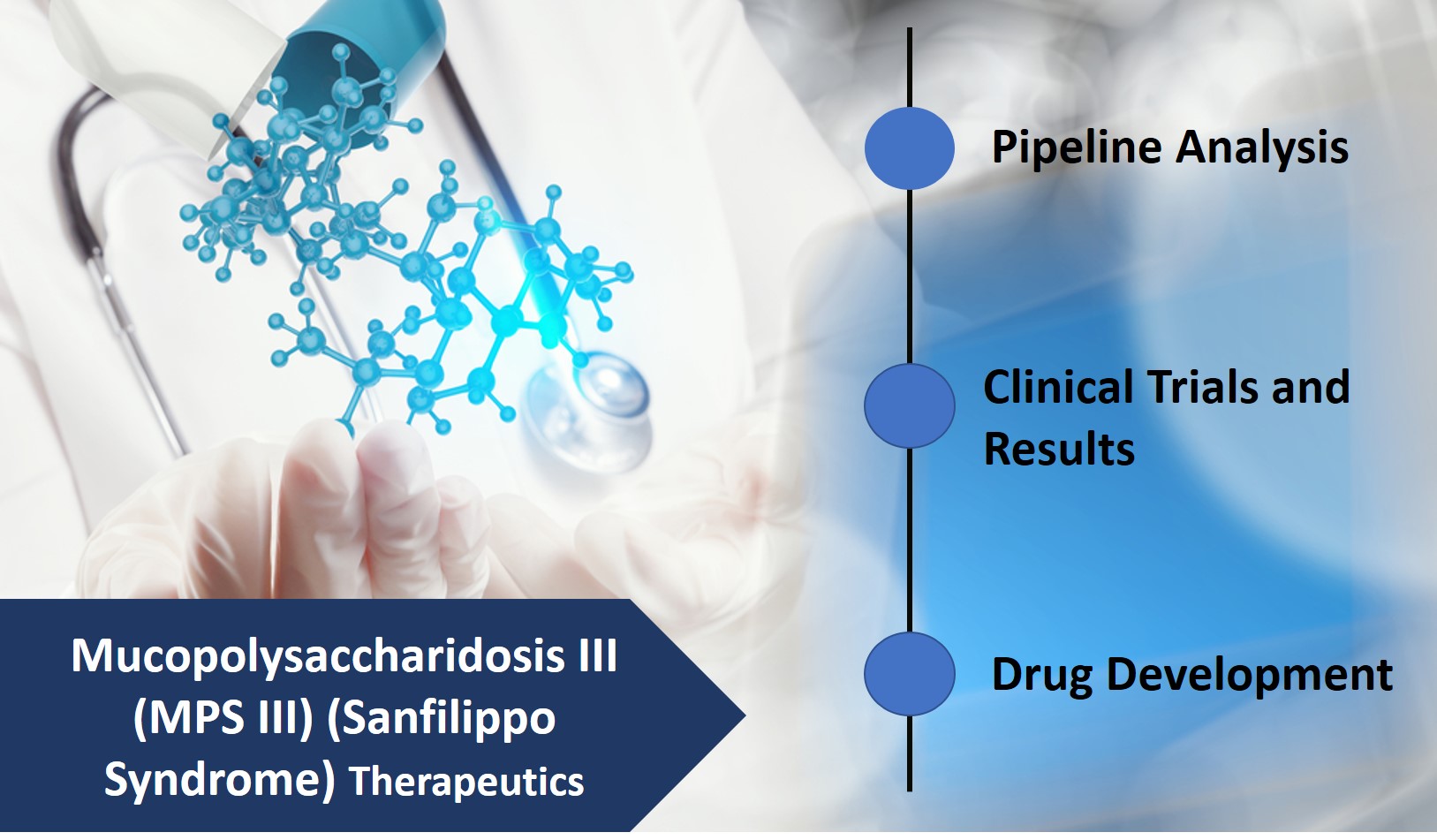Mucopolysaccharidosis type III (MPS III), also known as Sanfilippo syndrome, is a progressive disorder that primarily affects brain and spinal cord (central nervous system). People with MPS III generally do not display features at birth, but they begin to show signs and symptoms of this disorder during early childhood. Affected children often initially have delayed speech and behaviour problems.

Download the sample report @ https://www.pharmaproff.com/request-sample/1146
In later stages of this disorder, people with MPS III may develop seizures and movement disorders. Patients with MPS III are also known to have short stature, joint stiffness, or mild dysostosis multiplex. Affected individuals often experience chronic diarrhoea and recurrent upper respiratory and ear infections. People with MPS III may also have hearing loss and vision problems. MPS III is divided into four types; IIIA, IIIB, IIIC, and IIID, which are distinguished by their genetic cause.
Get the detailed analysis @ https://www.pharmaproff.com/report/mps-iiitherapeutics-pipeline-analysis The drug candidates in MPS III pipeline include, but are not limited to, EGT-101, MPS IIIA (Sanfilippo A) Program and LYS-SAF302. Some companies having drugs in the MPS III pipeline are Esteve Pharmaceuticals S.A., Orchard Therapeutics Limited, Lysogene S.A. among others.




